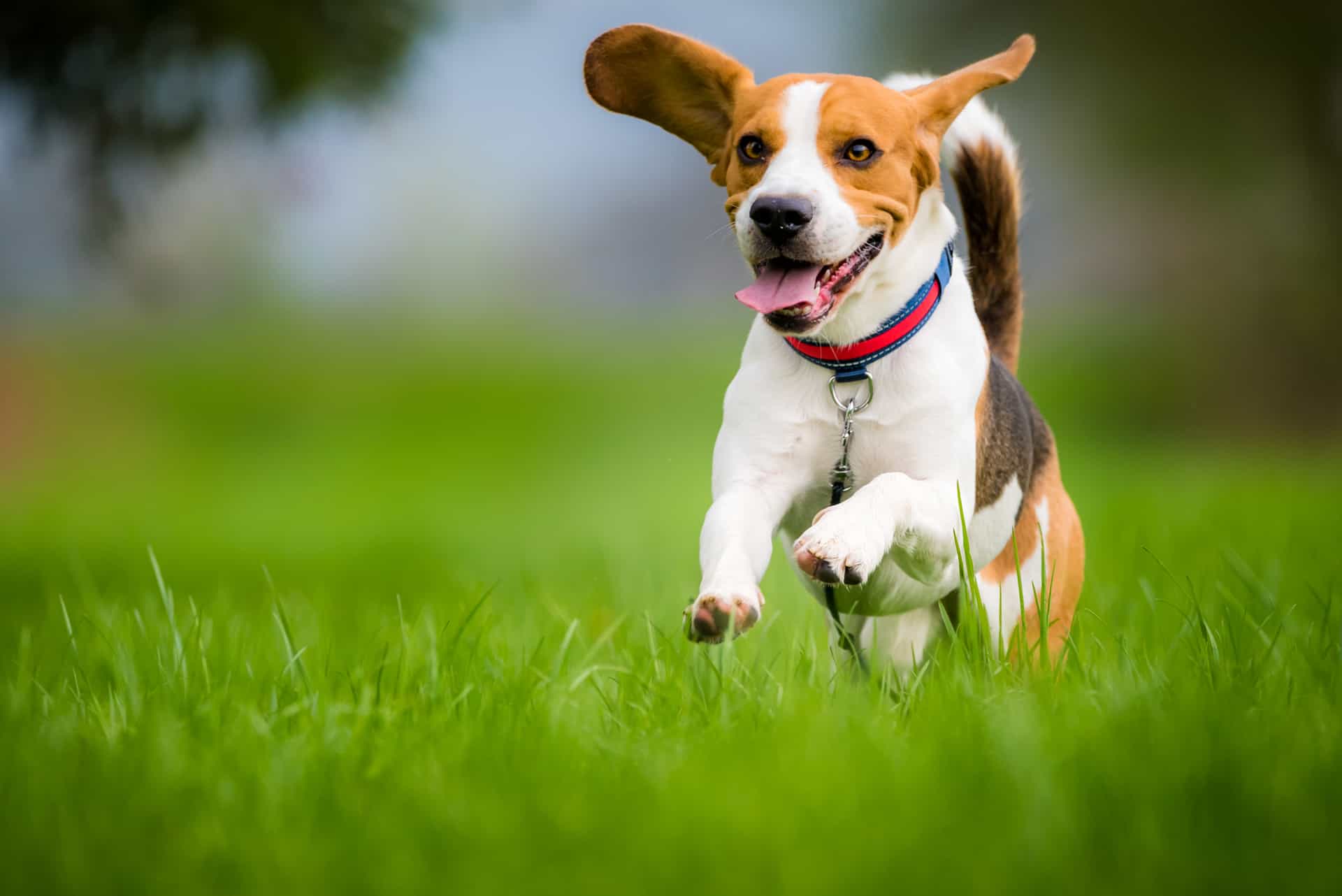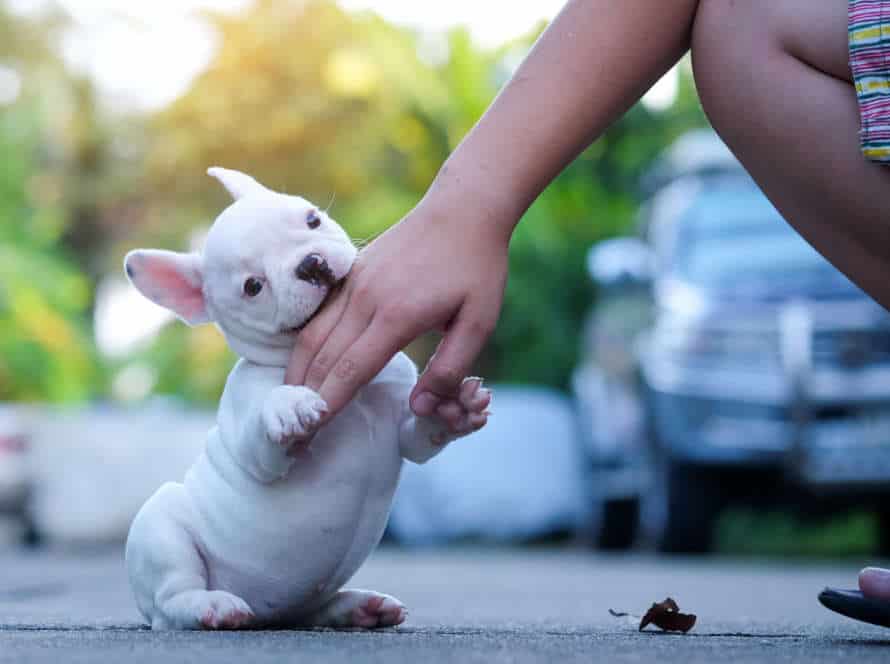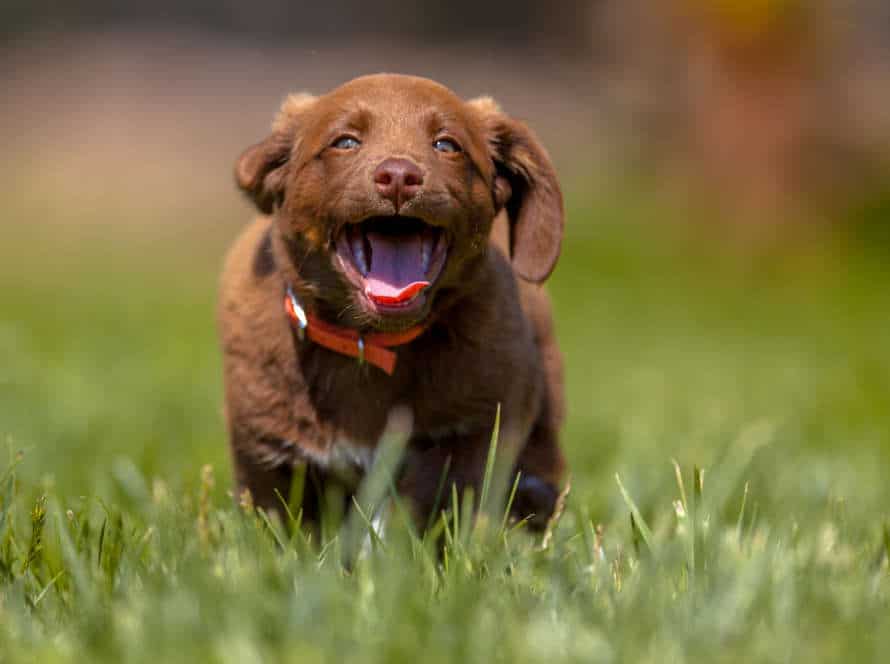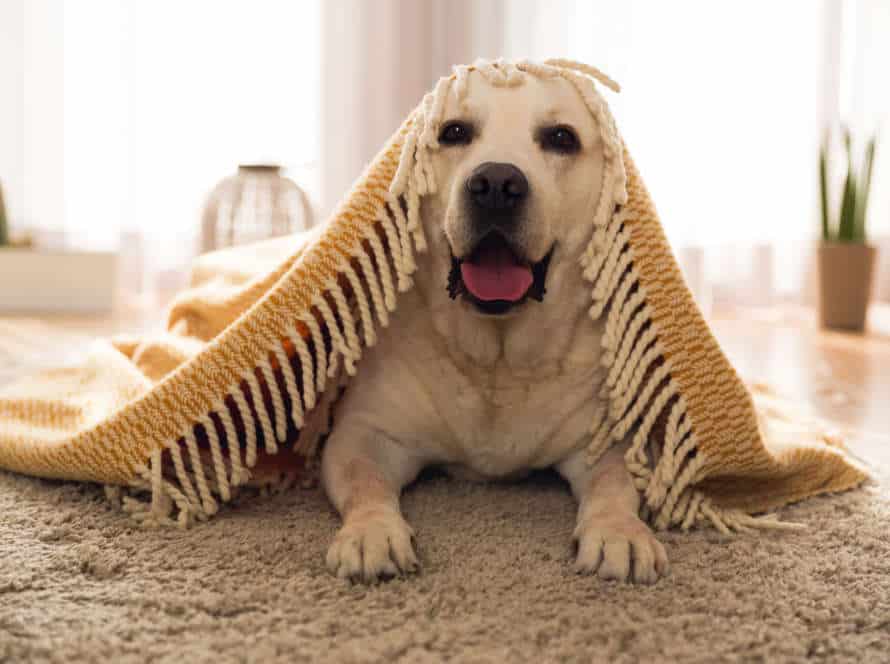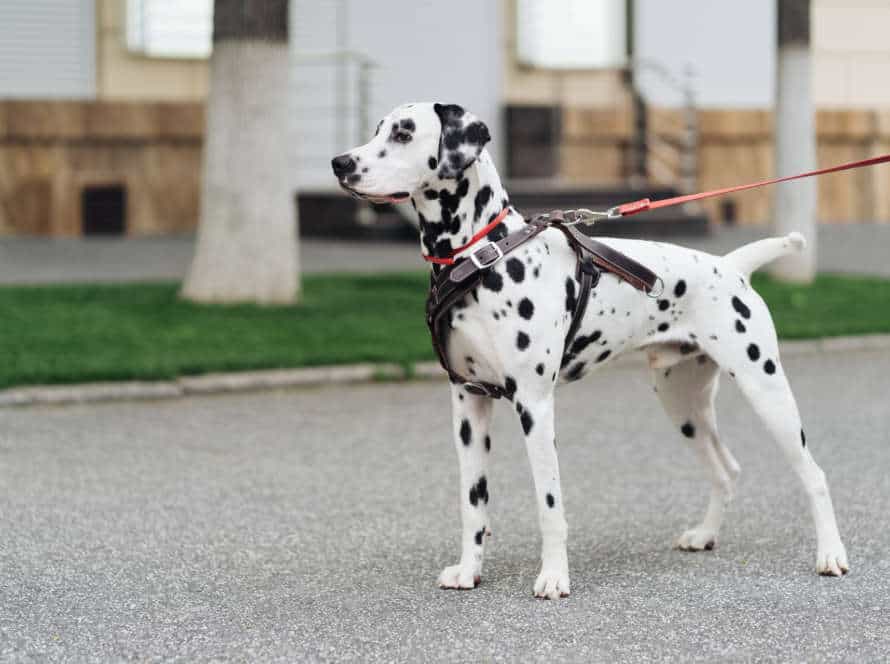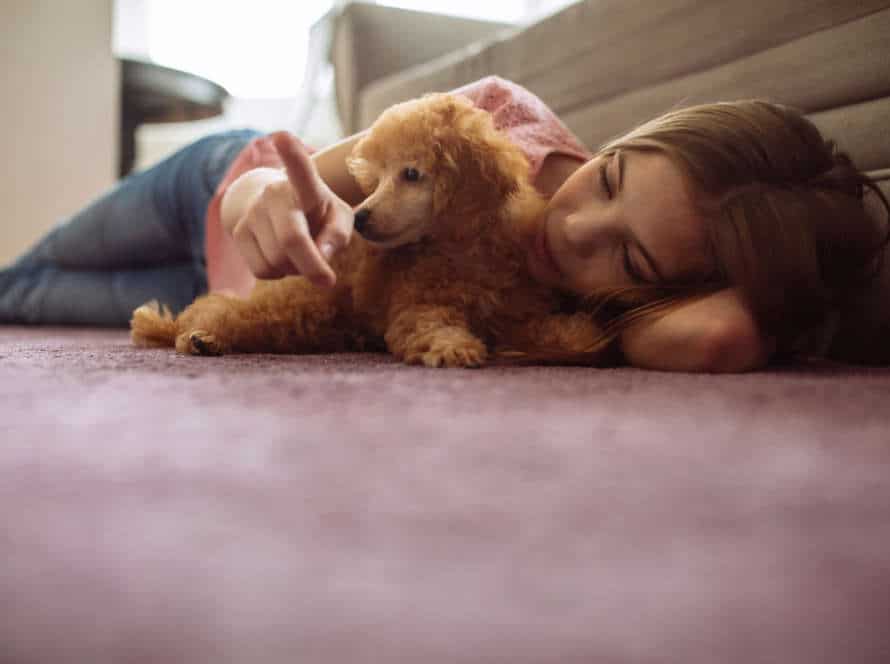The Come Command: Building a Reliable Recall for Your Dog
Teaching your pup the “Come” command is a must for having a reliable recall and keeping your dog safe in many situations. Here are some tips to follow:
- Start in a calm, no-distraction environment.
- Use a high-pitched voice and rewards like treats or toys to motivate them.
- Train in different places and slowly add distractions.
- No punishment or negative reinforcement.
- Be patient and consistent, and always celebrate successes, big or small.
Remember, building a strong recall takes time and effort, but it’s worth it!
Understanding Recall Training
Understand positive reinforcement for recall training! Reward desired behavior – ignore undesired behavior. Consistency is key. Use the same command and increase difficulty gradually. Let’s take a peep at building a reliable recall with your pup!
Explaining Recall and Its Importance
Recall training is teaching your dog to come when you call them. It’s important for their safety.
Positive reinforcement, consistency, and patience are techniques that can be used. The ‘come command’ is a great way to start. Say their name and then say ‘come’.
Practice recall training regularly with different distractions. If your dog doesn’t respond, try “recall training with a long line” without punishing them. If your dog still has an unreliable recall, it’s time to get professional help.
The Science Behind Training Recall
Recall Training is based on Positive Reinforcement and Operant Conditioning.
This helps build a reliable recall for your dog using the “come” command.
Positive Reinforcement: Rewards such as treats or toys are given to your dog for coming when called. This strengthens their behavior by linking coming to you with something positive.
Operant Conditioning: This principle is about teaching your dog that their actions have consequences. Encouraging good behavior (like responding to the “come” command) and ignoring or redirecting bad behavior can help shape your dog’s behavior over time.
Repetition and Consistency: Recall Training needs practice and consistency to be effective. By repeating the “come” command in different settings and rewarding your dog each time, you can create a reliable recall that will be useful for years.
Setting Realistic Recall Expectations
Recall training is a must for dogs. It’s key to set realistic recall goals. Here are some tips to help:
- Start small. A secure, enclosed area like your backyard is ideal. Praise when they obey.
- Be consistent. Stick to the same command, like “come.” Repetition and consistency are essential.
- Avoid distractions. Keep the sessions low-key or gradually increase over time.
- Practice often. A few minutes, every day. Gradually increase duration and distance.
- Remember: Dogs learn differently. Patience and persistence needed when setting goals.
Laying the Foundation for Reliable Recall
Recall? Valuable! To protect your pup and keep ’em safe, use this command. To train your dog to come when called, trust and reliability are the foundation. Start with the ‘come’ command. Patience and practice are key. Let’s learn how to train your dog to come when called.
Building a Strong Relationship with Your Dog
Create a strong relationship with your pup by building a strong recall. Follow these steps:
- Tether your pup to you with a light training leash.
- Start in a familiar, peaceful place with no distractions.
- Be cheerful when calling your pup.
- Use the same phrase, like “come” or “here,” each time.
- Reward with treats or praise when your pup comes.
- Gradually increase the level of distraction and distance.
- Be consistent and patient, don’t punish.
Remember, it takes time and practice to have a reliable recall. Pro Tip: Keep training sessions brief and regular to reinforce the “come command” and make your bond even stronger.
Practicing Consistency in Training
Consistency is a must for training your dog. This is especially true for a reliable recall. A consistent training routine gives your pup a predictable learning atmosphere, helping them to understand and remember commands better.
To create a strong foundation of recall, start with basic obedience training and work your way up to recall exercises once your pup has mastered commands like “sit,” “stay,” and “come.” When practicing recall drills, make sure to do it consistently in the same environment and with similar distractions. Use positive reinforcement to reward good behavior and always praise your dog when they come to you.
Avoid using recall commands when your pup is not set up for success, like when they are distracted or in a stressful situation. With consistent practice and positive reinforcement, your dog will have a reliable recall, which will make off-leash activities more fun for both of you.
Working on Basic Obedience Commands
The “come” command is vital for forming trust and good behavior in your pup. Ignoring your dog’s call can lead to disobedience and no respect for your orders. Taking the time to achieve reliable recall will be worth it. Here’s how to start laying the base for it:
- Train your pup on basic commands like “sit,” “stay,” “down,” and “come“. Use positive reinforcement techniques like treats, toys, and praise.
- Once your pup has learnt the basics, begin using the “come” command in a low distraction environment like your backyard or a quiet park.
- Increase the level of distraction like noisy roads and other animals, and keep practicing the “come” command.
- Reward your pup each time they answer to the call.
Pro Tip: Being consistent and patient will result in a reliable recall, making your life and your pup’s life more enjoyable.
Creating Recall Training Plan
A reliable recall is a must-have skill for any pup. To get your dog to come when called, you’ll need a plan! Training your pup to obey your commands takes planning, dedication, and consistency. Here, we look at the top methods for creating a successful recall training plan.
Creating a Distraction-Free Training Zone
Creating a disturbance-free training space is vital for constructing a dependable recall for your dog and teaching them the “Come” command. Here are some tips:
- Choose a noiseless, enclosed area with few distractions, such as a fenced garden or a tranquil park.
- Train when there aren’t many distractions or people nearby.
- Use a long leash for your dog to explore while still being under your control.
- Commence training in your home, then step by step increase the level of distraction and move to outdoor spots when they’re more trusty in their response.
- Always keep high-value treats or toys to reward your dog when they answer to the “Come” command. And make sure to rehearse frequently to back up good behavior.
Introducing the Recall Command
Recall training is vital for every dog. It teaches them to obey their owner’s orders when called. Introducing the Recall Command is an important part of creating a Recall Training Plan for your pup. Here’s how to start:
- Pick a spot with no distractions.
- Call the dog’s name with a happy voice and say “come“.
- When they come towards you, give them a treat with your arm and say “good girl/boy“.
- When they reach you, reward them with a treat and praise them.
Keep it regular, keep it short and make it positive!
Pro Tip: Finish the training on a high to leave your pup feeling great.
Utilizing Positive Reinforcement in Training
Positive reinforcement is a great way to train your dog to come when called. Recall training can keep your pup safe and help with their behavior. Follow these steps to create a recall training plan with positive reinforcement:
- Step 1: Choose a reward that motivates your dog, like small cooked chicken pieces or a toy.
- Step 2: Use a specific command such as “come” or “here” to call your dog.
- Step 3: Give them the reward and praise them right away when they come.
- Step 4: Slowly increase the distance between you and your pup while practicing recall.
- Step 5: Practice recall in different areas and situations.
Positive reinforcement like treats and praise help with good behavior and will strengthen the bond between you and your pet.
Training Techniques for Optimizing Recall
Training your pup? Teach ’em to come when called, or “recall”. It’s important for safety, and to bring ’em back when off-leash. We’ll go over some tips for optimizing recall. Let’s begin!
Using a Long Line for Training
A long line is a good tool for teaching your pup to obey the “Come” command. It’s usually about 30-50 feet long, so your pup can move without you losing control. Here’s how:
- Connect the long line to your pup’s collar or harness.
- Let them roam while keeping the line loose.
- Say “Come” in a steady, calm voice, and lightly tug the line to help them come to you.
- Reward them with treats and praise when they do.
- Increase the distance and distractions over time.
Long line training is a great way to give your pup freedom while also training recall. Pro Tip: Use lightweight lines and never leave your pup alone while wearing one – to avoid accidents or injuries.
Training Recall in a Safe and Controlled Environment
Recall training is very significant for dog owners. Training your pup to obey the command of “come” or “here” helps keep them safe and stops them from running off. Here are some tips to better recall:
- Train indoors or a place with no distractions.
- Always use the same command.
- Offer treats or rewards.
- Practice in multiple places.
- Use a long-line leash in open spaces.
- Do not punish or use negative reinforcement.
- Be patient and consistent.
With this, your dog will come when called, even in uncertain environments.
Progressing to Off-Leash Recall Training
Training your pup for off-leash recall is no easy task. It requires commitment and must be done in a step-by-step fashion for best results. Here are some tips to help optimize recall and create a dependable recall for your dog:
- Begin with a secure recall on-leash before going to off-lead training.
- Practise recall in an environment with low distractions before moving to busier settings.
- Ensure your pet is completely attentive to you and the recall order before allowing them more freedom.
- Incrementally increase distance and distractions, rejoicing in each success and reinforcing the desired behavior.
- Use rewards that are highly valued and positive reinforcement to inspire obedience to the recall command, and avoid punishments.
By paying close attention to detail and providing consistent, positive training, you can teach your dog to have a reliable recall, even off-leash.
Troubleshooting Common Recall Issues
Struggling to recall? Your pup may have some underlying issues. Common problems can be lack of motivation, confusion, and inconsistent training. Let’s look at some tips to help resolve these issues and teach an effective recall.
Dealing with Fear-Based Recall Issues
Tackling fear-based recall issues can be a tricky process. However, the right training can help your pup get over their fear and improve their recall skills. To do this:
- Establish what causes your dog’s fear response – it could be loud noises or unfamiliar spaces.
- Gradually expose them to the trigger, but at a safe distance. Reward them when they remain calm.
- Reinforce the “come” command with positive reinforcement, like treats, every time they come when called.
- Practice “come” in increasingly difficult situations, like when they’re distracted or in a new place.
- If they don’t come when called, don’t punish them. Instead, keep reinforcing positive behavior with rewards.
It’s important to remember that creating reliable recall takes time and patience. Keep practicing and offering rewards for good behavior. Pro Tip: Always have yummy treats on hand during training sessions!
Addressing Lack of Motivation in Recall Training
Having trouble motivating your dog during recall training? Here are some tips to help:
- Reward with high-value treats. Find something your pup loves and use only for recall training. This will create a positive connection and keep them motivated.
- Use positive reinforcement. Don’t scold or punish. Reward good behavior with praise, petting and treats.
- Increase challenge level. Step up distance, duration and distractions slowly. This helps your pup stay engaged and motivated.
- Take a break. If your pup (or you!) is losing focus, take a break and start fresh later.
With these tips, you can build a reliable recall command and keep your pup safe.
Fixing Non-Responsive Recall Behaviors
If your pup doesn’t respond to recall commands, there could be a few issues. Check if they understand the command and its meaning. Practice in low-distraction settings and reward with treats or praise.
Make sure they’re feeling alright. If they’re uncomfortable, they may not come when called.
Take a look at your body language and the tone of your voice. Dogs have a sense for tension and anxiety, which could stop them from coming.
Be aware of distractions in the environment. Dogs might find other sights, sounds, and smells more interesting than coming when called.
Do recall exercises in various environments, over and over. That way, it’ll be consistent and reliable.
Pro tip: Always show appreciation when your dog comes, even if it’s just a pat on the head. This will reinforce the behavior and build trust.
Maintaining a Consistent Recall Behavior
Reliable recall with your dog is important. It helps their safety and stops them from wandering away. You can train them with the come command. Patience, consistency and practice are needed for a successful recall. Here’s how you can use the come command to teach them:
Practicing Ongoing Recall Reinforcement
Reinforcement of ongoing recall is vital for keeping consistent recall behavior in your pup. When done properly, the ‘come’ command can ensure your pup’s safety and give you peace of mind.
Here are some tips to build a reliable recall:
- Start with fundamental training, like saying your pup’s name and rewarding them with treats and praise when they come to you.
- Gradually increase the distance between you and your pup. Practice recall exercises in different places; like parks or on trails.
- Be consistent with commands and rewards. Use positive reinforcement to build your pup’s confidence in you.
- Practice recall exercises even after your pup has mastered the ‘come’ command.
- Lastly, use a clear and distinct command, such as “come” or “here,” that your pup can link to a pleasant experience.
Incorporating Variety in Recall Training
Training a reliable recall for dogs is essential! Making it more effective and fun is possible with a variety of exercises. Here are some to try:
- Change places. Train your pup in different locations – like the backyard, park, or beach. It will give them unique challenges and help them learn the recall command better.
- Introduce distractions. Toys, other dogs, and even people can be a good way to help your dog focus during recall.
- Short bursts of exercise. Running away from your pup and then calling them back in short bursts can increase their physical and mental strength.
- Positive reinforcement. Give treats and praise when they come back on your command!
Doing these exercises can help dogs respond consistently to the recall command and stay safe.
Ensuring Regular Recall Practice for a Reliable Behavior.
Having a steady recall response is necessary for crafting a consistent “come” command for your pup. Practicing recall often can help create a robust recall behavior, which could be useful for protecting your pup in any situation.
Here are some tips for making sure you have regular recall practice with your pup:
- Utilize the “come” command multiple times a day with appealing rewards like treats, toys, or love.
- Gradually raise the distance between you and your pup during recall practice to make sure they answer the command at a greater distance.
- Train recall in various places to help your pup comprehend the command and reliably respond in any environment.
- Keep away from using the “come” command for a negative situation, such as scolding or punishment, as it can weaken the bond between you and your pup and reduce their response to the command.
Regular practice and positive reinforcement will assist you in producing a strong recall behavior and a dependable “come” command for your pup.
Frequently Asked Questions
Q: What is the ‘Come’ command?
A: The ‘Come’ command is a cue used to call your dog back to you. It is an essential skill that every dog owner should teach their dog.
Q: Why is it important to build a reliable recall for your dog?
A: A reliable recall is crucial for your dog’s safety as it can prevent them from getting into potentially dangerous situations. It also allows you to have more freedom and control when walking your dog off-leash.
Q: How do I train my dog to come when called?
A: The training process involves positive reinforcement, consistent practice, and establishing a strong bond with your dog. Start by teaching the ‘come’ command in a quiet, low-distraction environment and gradually increase the difficulty level as your dog becomes more proficient.
Q: What are some common mistakes to avoid when training a reliable recall?
A: Some common mistakes include calling your dog to you only when it’s time to go home, using a negative tone or punishment when they don’t come immediately, and not practicing consistently.
Q: How can I make my dog’s recall more reliable?
A: You can make your dog’s recall more reliable by giving positive reinforcement every time they come to you, no matter how long it takes. It’s also important to practice calling your dog in different situations and environments to ensure they respond to the cue in any circumstance.
Q: What should I do if my dog doesn’t come when called?
A: Avoid chasing them or showing frustration, which could make the situation worse. Instead, try using a different cue to redirect their attention and then work on reinforcing the recall training in a low-distraction environment.

